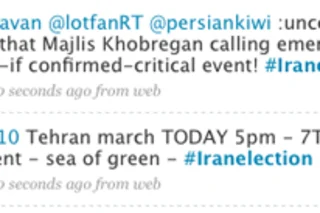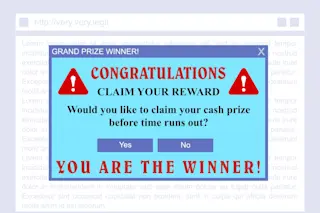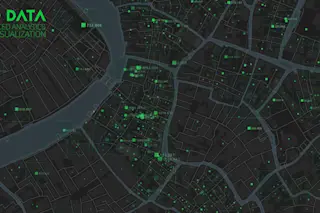The street protests in Iran will be not be televised--how passé. Instead, they are being tweeted. The microblog service Twitter has become a critical way to get out information about the tumult in Iran's capital, Tehran, where people have poured into the street to protest the disputed results of last Friday's presidential election. And the whole world is watching. The U.S. State Department has confirmed that over the weekend officials
reached out to Twitter and asked them to delay a network upgrade that was scheduled for Monday night. The reason? To protect the interests of Iranians using the service [Time].
The vast majority of Twitter messages support the leading opposition candidate, Mir Hussein Moussavi, and argue that he was the true winner of the presidential election.
Twitter users are posting messages, known as tweets, with the term #IranElection, which allows users to search for all tweets on the subject. On ...














